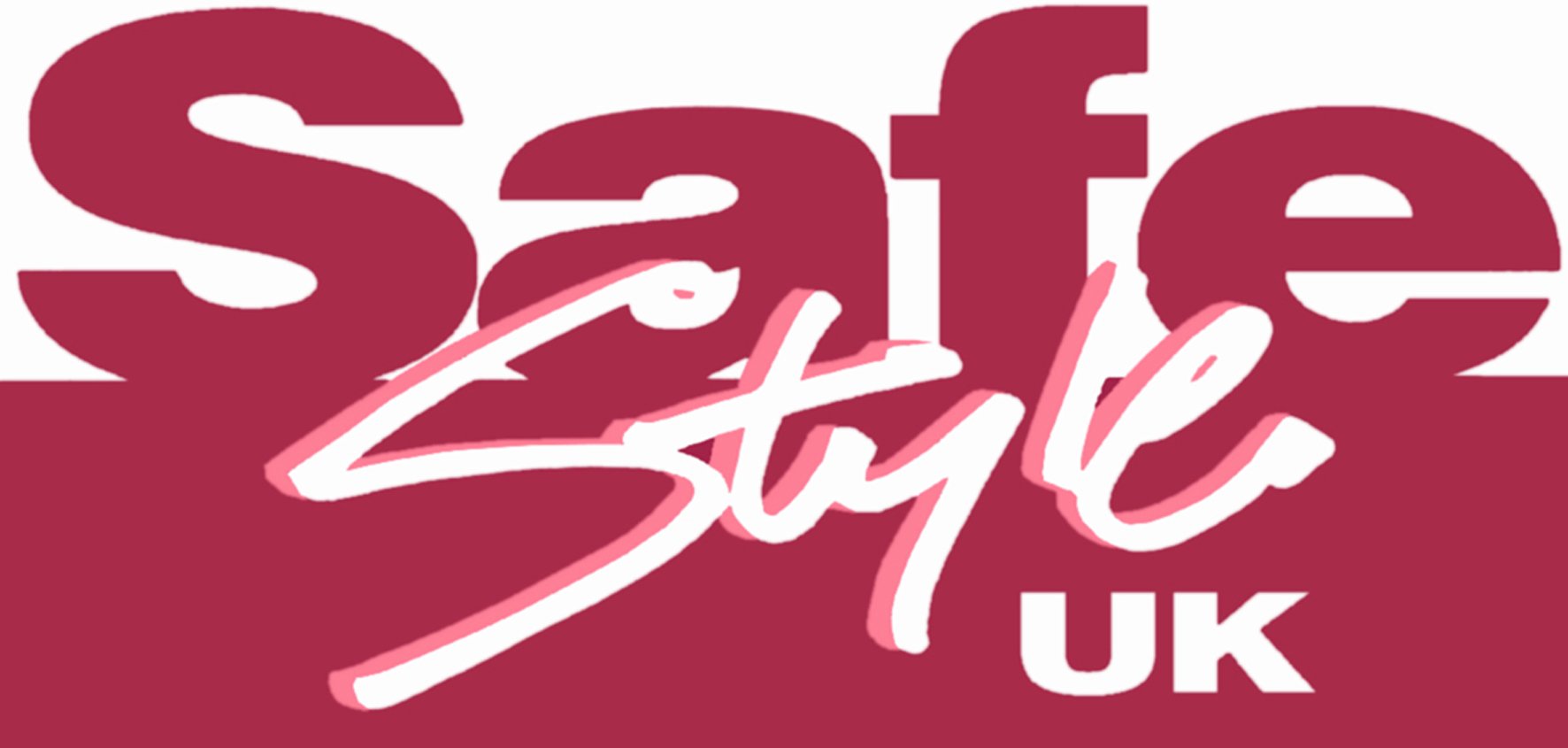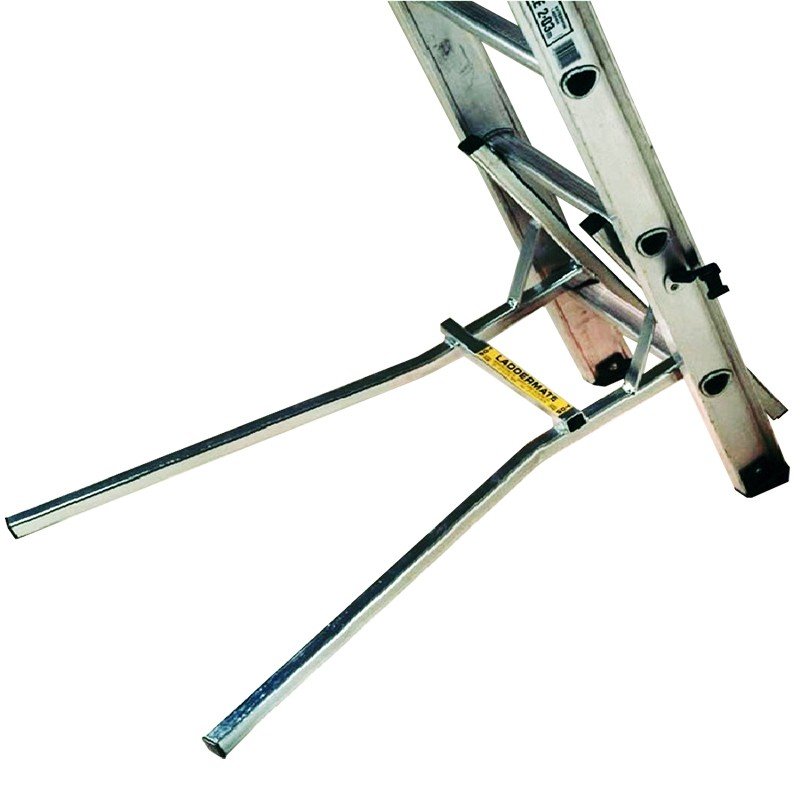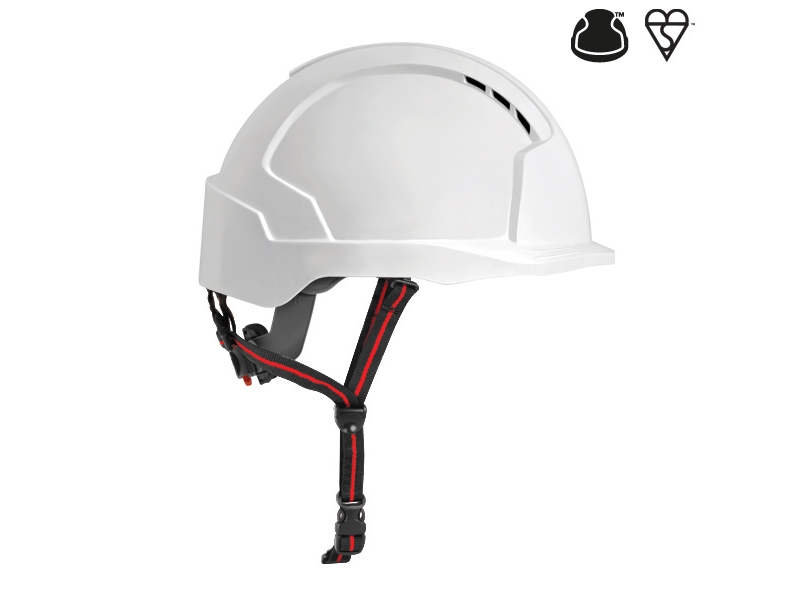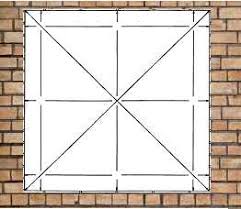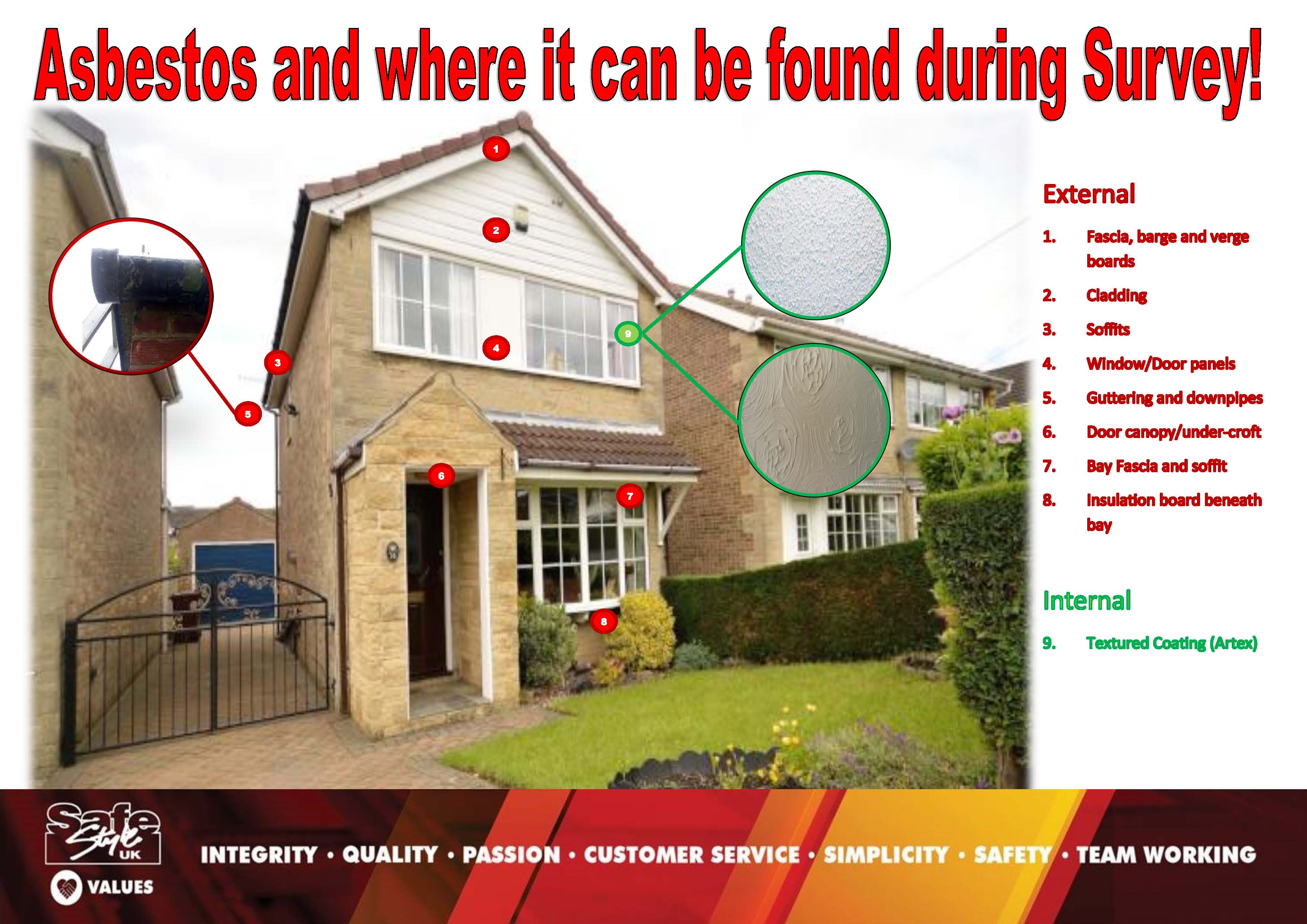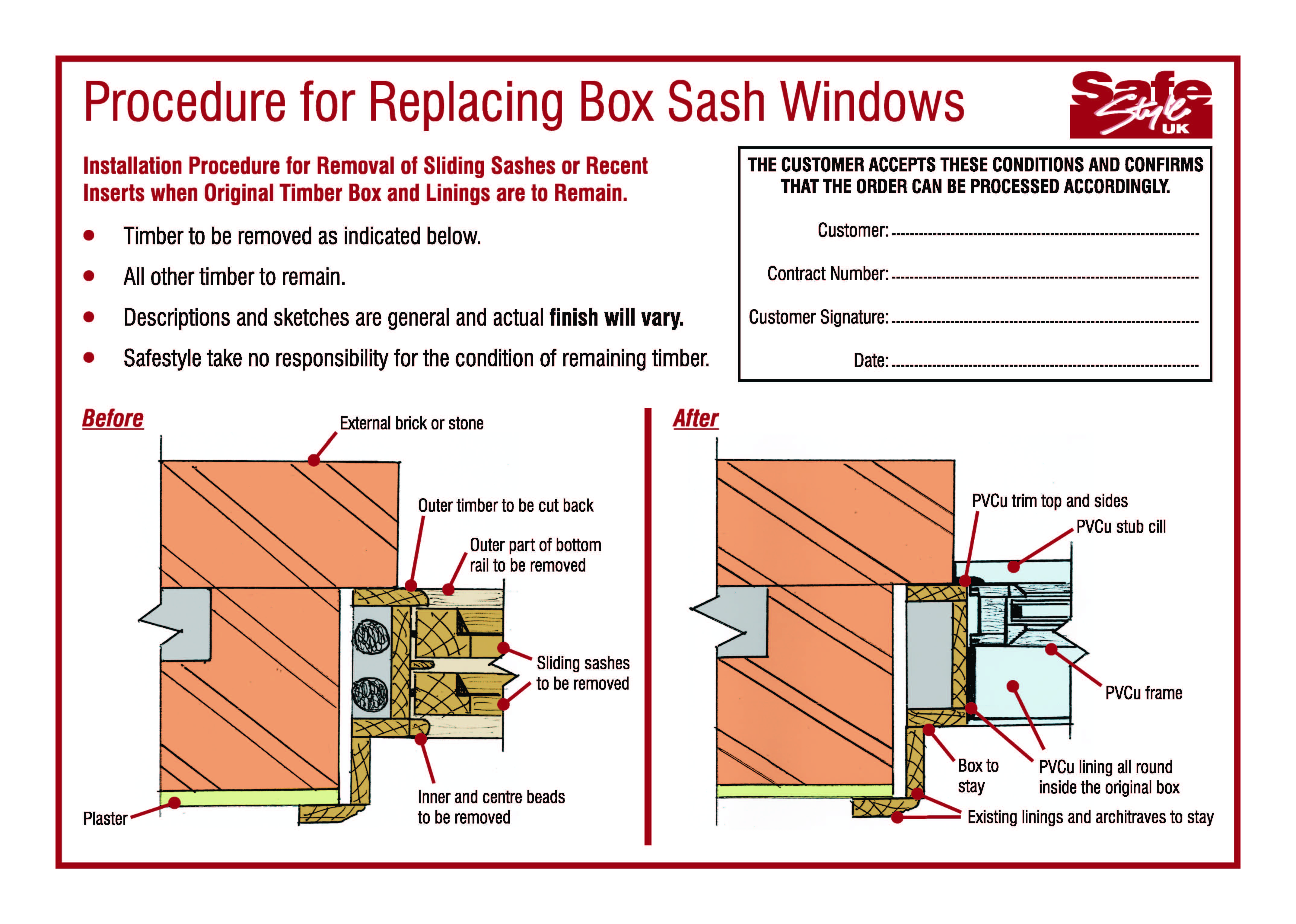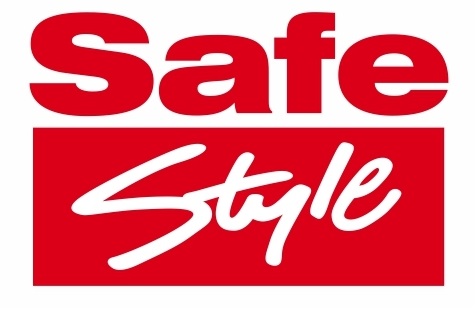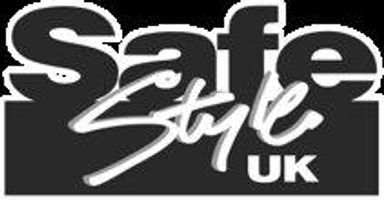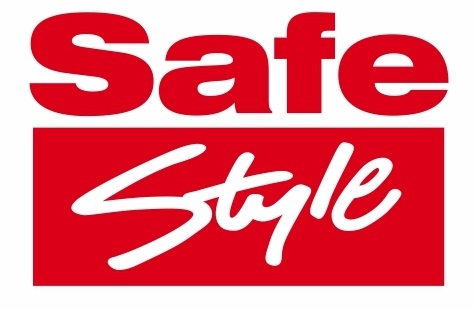Title Page
-
Site conducted
-
Observer
-
Surveyor
-
Contract Number
-
Customer Name
-
Date of Visit
-
Surveyor's Signature
-
Trainer's Signature
-
Surveyor's comments
Observation
HEALTH & SAFETY
-
Is the surveyor wearing any of the following;
-
Discuss the use of PPE with the surveyor and that whilst not mandatory, it's good practice to wear Safety Footwear whilst on site and a hi-viz jacket whilst walking from the car to a customer's property. If visiting an Installation depot, PPE is mandatory.
-
Photograph the Surveyor wearing their jacket.
-
Photograph the Surveyor's foot apparel.
-
Photograph the Surveyor wearing their PPE for our records
WORKING AT HEIGHT
-
Did the surveyor use his ladders to measure any of the frames?
-
Are the Surveyors ladders in good working order and are they free from defects and/or damage?
-
Photograph the ladders for our records and inform the Surveyor that they must not use any ladder which is damaged or defective and to replace them as soon as possible. Ask the Surveyor to send you a photo once their ladders have been replaced.
-
Please photograph the condition of the Surveyor’s ladders for our records, including rungs, stiles, feet & top. If Telescopic ladders are being used, please photograph said ladders in the fully extended position as well.
-
Does the Surveyor have a Ladder Mate to prevent outward movement of their ladder?
-
Inform the Surveyor that without a Ladder Mate to prevent outward movement at the bottom, no ladder work can be undertaken. Inform the Surveyor that they must call into their nearest Installation Depot and equip themselves with the aforementioned Ladder Mate. Ask the Surveyor to send you a photograph once they have one in their possession.
-
Is the Ladder Mate in good working condition?
-
Photograph the device and inform the surveyor it must be replaced before any further ladder work can be undertaken. Ask the Surveyor to send you a photograph once it has been replaced.
-
Photograph the device for our records.
-
Does the Surveyor have a safety helmet complete with chin strap, that complies to CE EN 397 for falling objects and EN 12492 for impact?
-
Inform the Surveyor that without a safety helmet no ladder work can be undertaken. Inform the Surveyor that they must call into their nearest Installation Depot and equip themselves with the requisite helmet (Evolite: Skyworker) as soon as possible and send you a photograph once in their possession.
-
Is the helmet in good condition, with no signs of damage?
-
Photograph the defective parts of the helmet and inform the Surveyor that said helmet is no longer fit for purpose and that no ladder work can be undertaken until it (helmet) has been replaced.
-
Please photograph the helmet for our records.
SURVEY OBSERVATIONS
-
Did the surveyor explain all the details on the contract?
-
Explain the importance of fully discussing the contract details with the customer but not relying solely on them. Use the contract 'AS A GUIDE' only. Assume it's wrong and you'll learn to question everything.
-
What can he do to improve?
undefined
-
Did the surveyor explain what isn't included (e.g. int sills/georgian/lead)
-
Explain the importance of discussing what isn't on the contract to avoid issues on the day of fit. A good example is where the property currently has lead or georgian and it isn't on the contract. Either way check to make sure, that way it's not left open to debate at a later stage. If necessary document this on an Order Variation.
-
What can he do to improve?
undefined
-
Did the surveyor take the customer to each frame and explain the design/details?
-
Explain the importance of physically taking the customer to each frame and demonstrating how said frame will open, where the bars are (transomes/mullions but avoid using those technical terms) and if necessary how it will look different from others on the same elevation. (The customer will often be unaware that the rep has put the lounge opener to the left, but the bedroom one, directly above it, to the right) Don't be afraid to have a conversation with the customer if you don't think something will look right. It's often too late when we turn up with something which isn't aesthetically pleasing.
-
What can he do to improve?
undefined
-
Was the surveyor's approach to the customer friendly and courteous?
-
The surveyor can be the difference between a job cancelling and a job going ahead. A smile and good demeanour go a long way, especially if the customer is already thinking of going elsewhere.
-
What can he do to improve?
undefined
-
Did you feel the surveyor looked for understanding in the customer?
-
Explain the importance of making sure the customer understands what is being explained. Don't take for granted that the customer knows what you're talking about, this may well be the first time the customer is having new windows so use laymans terms and keep explaining until you see the lightbulb go on.
-
What can he do to improve?
undefined
-
Did you feel the customer understood what was being explained?
-
As with the above keep explaining until it's lightbulb time. You'd be surprised how many people will just nod and agree rather than admit they don't know something.
-
What can he do to improve?
undefined
-
Did the surveyor confirm the positions of any transoms/mullions?
-
Explain the importance of using laymans terms when explaining transom/mullion positions. It's much better to physically grab the bars and ask 'is this bar staying where it is or would you like it lowering so it's easier to reach?'. Always document the position on an Order Variation to avoid issues on the day of fit. Never assume the rep has had the conversation or rely on the e-contract.
-
What can he do to improve?
undefined
-
Did the Surveyor pick up on any potential FENSA failures?
-
What FENSA issues did the Surveyor pick up on?
- A - Structure
- B - Means of escape
- F - Ventilation
- K - Safety glass
- K - Restrictors
- M - Access
- Q - Enhanced security
- N/A
-
What can he do to improve?
undefined
-
Were there any FENSA issues the Surveyor missed?
-
Which FENSA issues did the Surveyor miss?
- A - Structure
- B - Means of Escape
- F - Ventilation
- K - Safety Glazing
- K - Restrictors
- M - Access
- Q - Enhanced Security
- N/A
-
Explain the importance of knowing and understanding the Building Regulations that govern our industry. This is your chosen profession so it's imperative you know this stuff
undefined
-
Did the surveyor measure in more than one place in width/height?
-
Explain the importance of measuring in more than one place as an aperture can slope dramatically one way or the other. Failure to accurately document the size of the opening can potentially lead to mismeasures
-
Width
-
Height
-
Comment
-
What can he do to improve?
undefined
-
Did the surveyor take a diagonal size and check it against his make size?
-
Explain that by documenting the diagonal aperture size and then checking it against the make size diagonal it will help avoid mismeasures, especially 100mm syndrome where the correct brick line sizes have been documented but the make size has been written down incorrectly. In 2019 we had 119 x 100mm mismeasured frames, which accounts for 7% of the total remakes for that year
-
What can he do to improve?
undefined
-
Does the surveyor have a good understanding and the use of the burieds?
-
Explain the importance of using burieds to determine your make size. Without good burieds you risk a mismeasure.
-
What can he do to improve?
undefined
-
Did the surveyor measure any bays at the critical points (b-span/proj/tie/diag)?
-
Which critical points did he miss?
- Back Span
- Projection
- Tie Size
- Diagonal
-
Explain the importance of correctly documenting the required information and then using this as a double check to ensure the facets will fit.
-
Which of the following critical points did he measure?
- Back Span
- Projection
- Tie Size
- Diagonal
undefined
-
If there was a fascia above the window, did the surveyor measure the drop?
-
Explain the importance of ensuring the fascia drop is measured (using a square) from the back edge to the front and then the necessary information documenting and the appropriate actions taken
-
What can he do to improve?
undefined
-
Were there any areas of contention from what the rep had sold to what the customer was expecting or what we had to do to comply with Building Regulations?
-
Did the surveyor deal with these issues in a professional manner?
-
Remember, it's not the customers fault if there has been a mistake made. You do this job every day, the customer doesn't. Be polite and courteous and do what you can to remedy/help the situation.
-
What can he do to improve?
undefined
-
Did the surveyor document any and all changes on an Order Variation?
-
Explain the importance of documenting everything that contradicts the contract on an Order Variation as well as anything that needs clarity (e.g. Transome/mullion positions)
-
What can he do to improve?
undefined
-
Is the surveyor's writing legible?
-
If we can't read your writing then how are we going to input the sizes correctly and how will the fitters know what to do when they arrive on site?
-
What can he do to improve?
undefined
-
Did the surveyor complete all his paperwork in the house?
-
If the surveyor isn't completing the paperwork in the house then the green copies he leaves (if he does) will not necessarily reflect the frames which are turning up, which gives the customer an avenue of potential discourse on the day of fit.
-
What can he do to improve?
undefined
-
Did the surveyor complete a Decorative Order Form (mandatory for lead/bevels)
-
It's mandatory to have a Deco Form filled in if there's lead or bevels on the job. There is often insufficient room on the survey to accurately document the lead/bevel requirements
-
What can he do to improve?
undefined
-
Did the surveyor complete a Contract Evaluation Form?
-
Ensure the surveyor is aware not to put superfluous information on this form and to only use it to highlight concerns. Any other issues can be documented on an Order Variation.
-
Ensure the surveyor is aware of when to fill in a Contract Evaluation and the importance of highlighting potential issues to Head Office.
undefined
-
Is an Access Solution required to complete any part of the installation or Survey?
-
Explain the importance of accurately documenting the scaffolding requirements on the appropriate form(s), including dimensions of the proposed solution and inserting lines onto their photos to highlight the location & position of said Access Solution.
-
What can he do to improve?
undefined
-
Did the surveyor explain to the customer why scaffolding was required?
-
It's much easier for you to explain why an access solution is required than it is for someone in an office to do so. You can physically walk the customer outside and show them where it's required and why.
-
What can he do to improve?
undefined
-
Did the surveyor do a visual and/or push test check for asbestos and complete the necessary paperwork?
-
Show the surveyor the image and ensure he understands the importance of checking for asbestos
undefined
-
Are we leaving any box sash 'Boxes' in place?
-
Did the Surveyor explain clearly what will remain, what will stay and did he complete the 'Procedure for Replacing Box Sash Windows' Disclaimer Form
-
Show the surveyor the attached image and ask that he fill one of these in going forward
-
Has the Surveyor discussed the various methods of 'finishing off' and confirmed this on an Order Variation
-
There are three ways we can finish off a Box Sash Reline. •Timber • Plaster • PVC. SafeStyle's preference is plaster, as this is less likely to lead to draught ingress over the other two methods.
undefined
-
Did the surveyor take any internal photos?
-
Explain the importance of documenting the condition of the internal reveals and any other areas which may cause contention during installation
-
What can he do to improve?
-
What did he take photos of internally
- Internal Reveals
- Full height frame shots
- Internal damage (e.g. sink/bath/blinds)
- Cracks to the internal walls
undefined
-
Did the surveyor take full elevation shots and photos of potential issues (in and out)?
-
Explain it's mandatory to take full elevation photos of all the frames we're measuring, even if we're only doing one frame on the back of the house we still need a full shot of the rear. We also need photos showing any damage to show what it was like before we started the installation
-
What can he do to improve?
-
What did he take photos of?
- Full elevation shot - Front
- Full elevation shot - Rear
- Full elevation shot - Side
- Photos of potential issues
undefined
-
Are there any doors on the order?
-
Did the surveyor take an accurate door swing measurement?
-
If the surveyor gets into the habit of always checking he won't make assumptions
-
Did the surveyor discuss the threshold heights of any doors?
-
It's imperative you have the conversation around threshold heights. For all you know the customer is having 25mm solid oak flooring put down next week. We then turn up and the door won't open. In the customer's mind they had a conversation with the sales person who passed the information onto you. Always ask the question, 'just to check Mrs Smith, you're not having new inch thick flooring put down are you?'. That way you've boxed it off.
-
What can he do to improve?
-
Did the Surveyor show the customer a door brochure to confirm styles/deco options/furniture etc...?
-
Explain to the Surveyor, the importance of ensuring the customer is aware of what they've ordered. They may well measure the door perfectly but still have a remake due to incorrect specification(s).
-
Did the Surveyor specifically walk the customer to the door and lay hands on said door to demonstrate which parts were what colour, i.e. physically touch the frame in/out and state the colours, do the same for the sash/slab and ensure the customer is aware of which part is what colour.
-
Explain the importance of ruling out any ambiguity around door colours. On a composite door there are two separate components with potentially four different colours, on a PVC door there are potentially six.
undefined
-
Are there any bulkheads/obstructions likely to cause issues?
-
Has the Surveyor discussed these with the customer and provided a solution and documented this on an Order Variation
-
Explain the importance of accurately documenting the requirements both for the customers peace of mind and your own
-
What can he do to improve?
undefined
-
Has the surveyor specified the correct thresholds on all doors?
-
There's little point in having a lengthy conversation (or not as the case may be) to then put a threshold down which is totally unsuitable for the customer/property/area. A standard threshold on a zero buried will most definitely clear the internal flooring but so will various others. Think about, discuss it, document it.
-
What can he do to improve?
undefined
-
Are any arched doors likely to catch on their shoulders?
-
Ensure the new doors will clear and that the customer is aware of the opening direction
-
Has the Surveyor discussed solutions to the problem? i.e. Changing the opening direction or chopping pockets out of the shoulders?
-
If you don't have the conversation now, who's the next person the customer sees? That's right the fitter. At this point it's too late if the door has been made to open a particular way but the only way for it to open that way is to chop big lumps out of the customers walls. Box it off at the point of survey and document accordingly.
-
What can he do to improve?
undefined
-
Has the surveyor checked for the presence of lintels?
-
Under Approved Document A we have a legal obligation to ensure the apertures we're installing to are structurally sound
-
What can he do to improve?
undefined
-
Have any structural issues been highlighted by the surveyor?
-
Has the Surveyor discussed these with the customer and documented any solutions/outcome on an Order Variation
-
There's little point in highlighting, on a form, that there's an issue with the structure if you don't discuss it with the customer. It's very difficult for a non technical person in Head Office to have a conversation about something they can't see. It's must easier for you to physically take the customer to the issue and show them what the problem is, photograph it and document it.
-
What can he do to improve?
undefined
-
Has the surveyor requested a second opinion?
-
In your opinion is the request justified?
-
Discuss what he can do to ensure the job is completed on the first visit next time
-
Comments
-
What can he do to improve?
undefined
-
Did the surveyor explain to the customer what they were signing for?
-
It is imperative you explain to the customer what they're signing for, paying special attention to profile colour, transom drops, designs etc...You can never explain too much in this job.
-
What can he do to improve?
undefined
-
Did you feel the customer understood what they were signing for?
-
It is very important that the customer understands what they're signing for and what will arrive on the day of installation
-
What can he do to improve?
-
Did the surveyor leave a green copy of the applicable forms with the customer?
-
Explain the importance of leaving the customer their copies of the survey. If you don't and another surveyor goes back then they won't necessarily have a copy of what you measured and/or agreed with the customer
